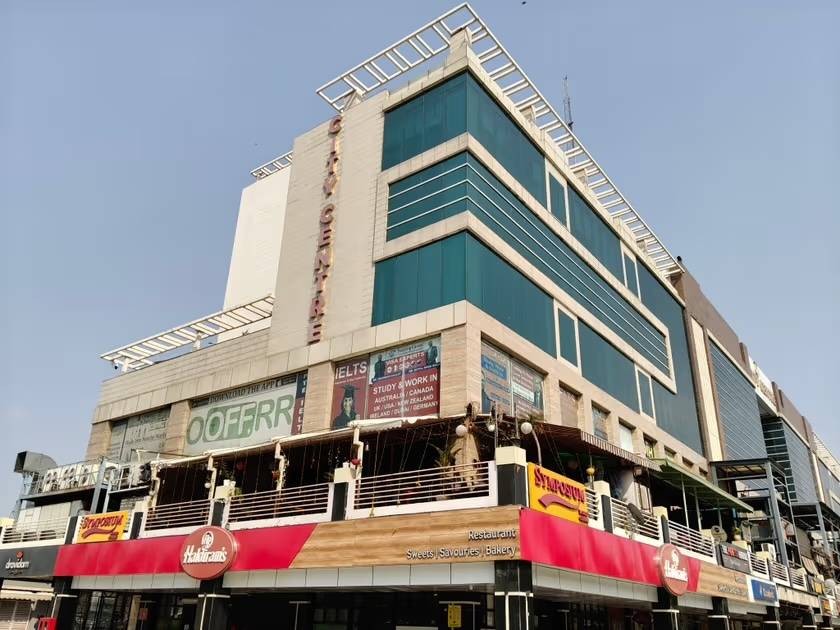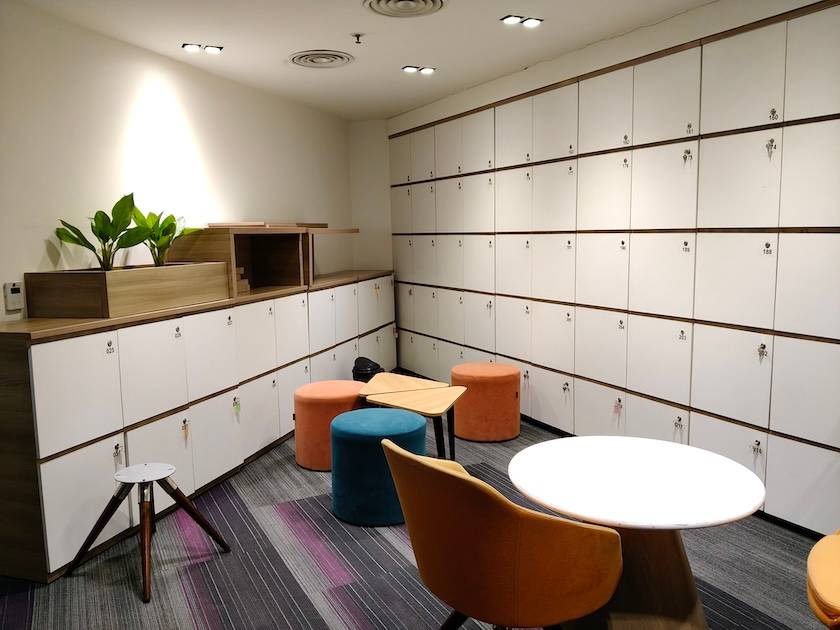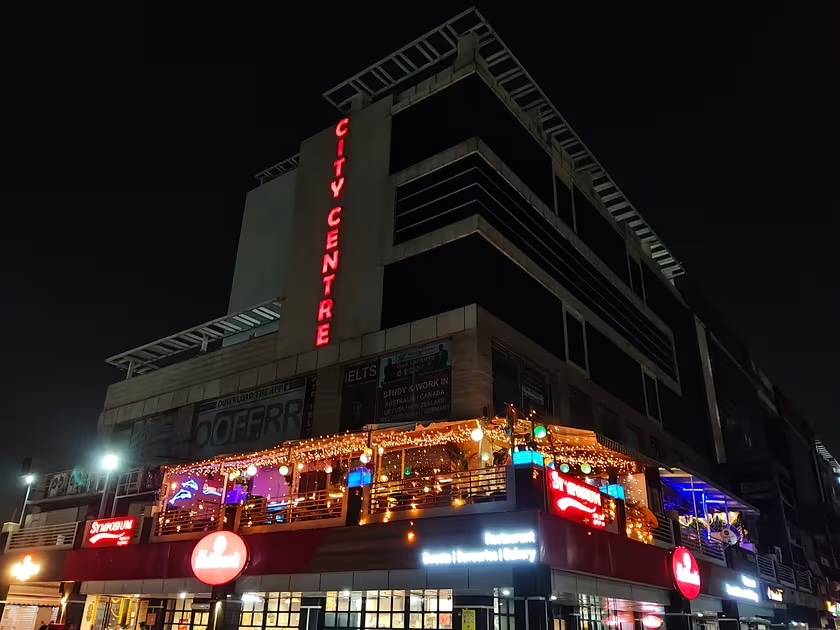Review Summary
Expert Rating
The OPPO K13 is marketed as an “OverPowered (OP) performance smartphone,” starting at Rs 17,999. The smartphone is powered by the latest Qualcomm Snapdragon 6 Gen 4 SoC and also boasts a massive 7,000mAh battery paired with an 80W SuperVOOC charger and a large Vapour Chamber cooling system, setting a new benchmark in the sub-Rs 20,000 segment.
Does that mean the OPPO K13 should be your go-to smartphone under Rs 20,000, or is there more to it than meets the eye? Let’s find out.
Table of Contents
Verdict
The OPPO K13 impresses with its strong battery life, fast charging capabilities, and efficient thermal management. While its overall performance is in line with other devices in its segment, its ability to stay cool under pressure makes it a compelling choice for power-focused users. The cameras perform reliably in daylight, and the display is well-suited for indoor content consumption, making it a solid choice for everyday users. However, those who prioritise a cleaner software experience or stronger low-light photography might find better alternatives in devices from Lava and Realme, respectively.
Design and display
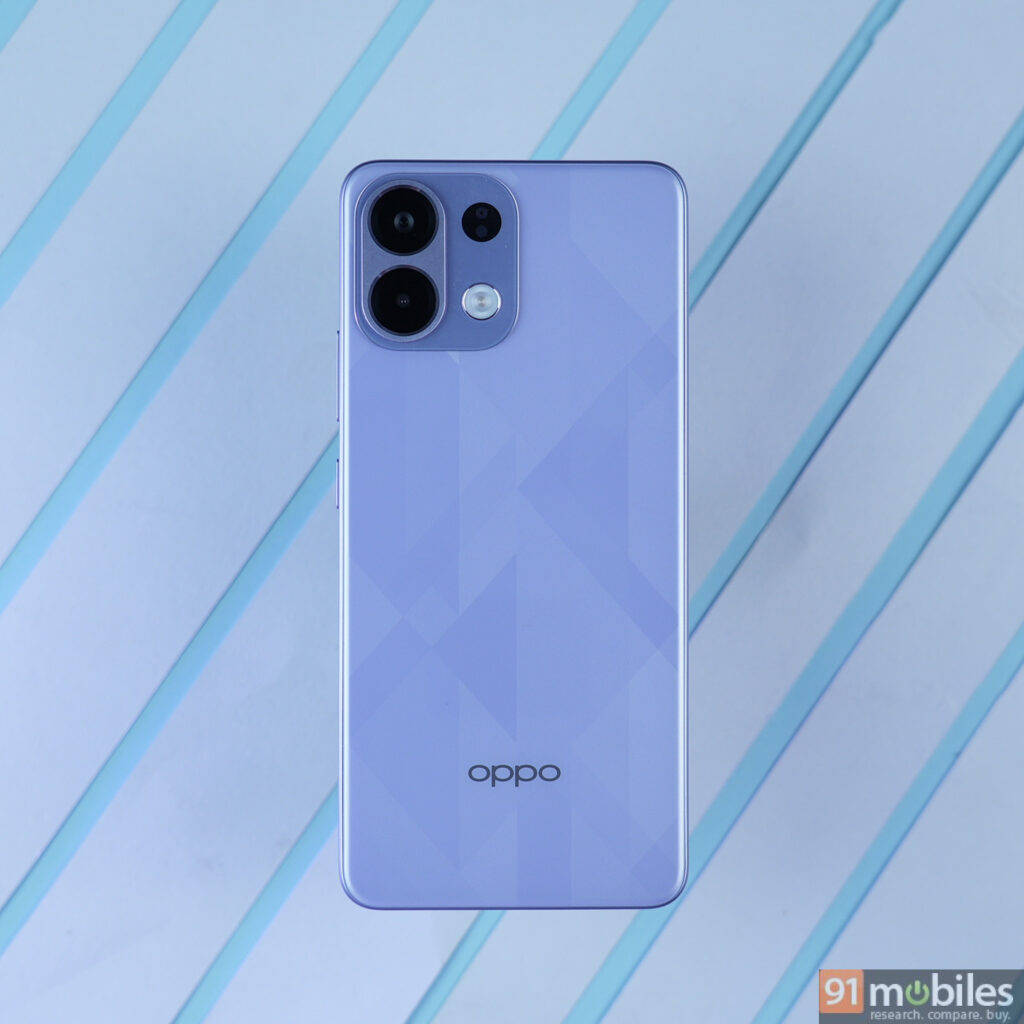
The OPPO K13 stands out as one of the most striking smartphones in its segment. We reviewed the Icy Purple variant, which surely radiates a cool vibe. The variant also features a dynamic, shifting pattern on the back panel that catches the light beautifully from different angles, adding a touch of sophistication to its overall design. Furthermore, the back panel has a matte finish that keeps fingerprints and smudges at bay. At the top right corner of the panel is a square camera module, with dual cameras in a layout that bears a subtle resemblance to the iPhone 16.
| Smartphone | Thickness | Weight | IP rating |
| OPPO K13 | 8.45mm | 208 grams | IP65 |
| Realme P3 | 8mm | 194 grams | IP69 |
| Lava Blaze Duo | 8.5mm | 186 grams | IP64 |
The OPPO K13 features flat edges with subtly curved corners, offering a comfortable grip. However, it’s neither the slimmest nor the lightest smartphone on the market. Measuring 8.45mm thick and weighing 208 grams, it might not be the most convenient to hold, but this is a reasonable trade-off for its massive 7,000mAh battery. The handset is IP65 rated, making it both water and dust-resistant. The phone is also available in Prism Black colour option, which offers similar characteristics.
The OPPO K13 boasts a USB Type-C port on the bottom edge along with a speaker grille and a SIM-ejector tray. The power and volume rockers are on the right spine, whereas the top edge features an IR blaster to control home appliances and a microphone. There is a secondary speaker on the device behind the earpiece for a stereo experience. The audio output is good at moderately loud volume.
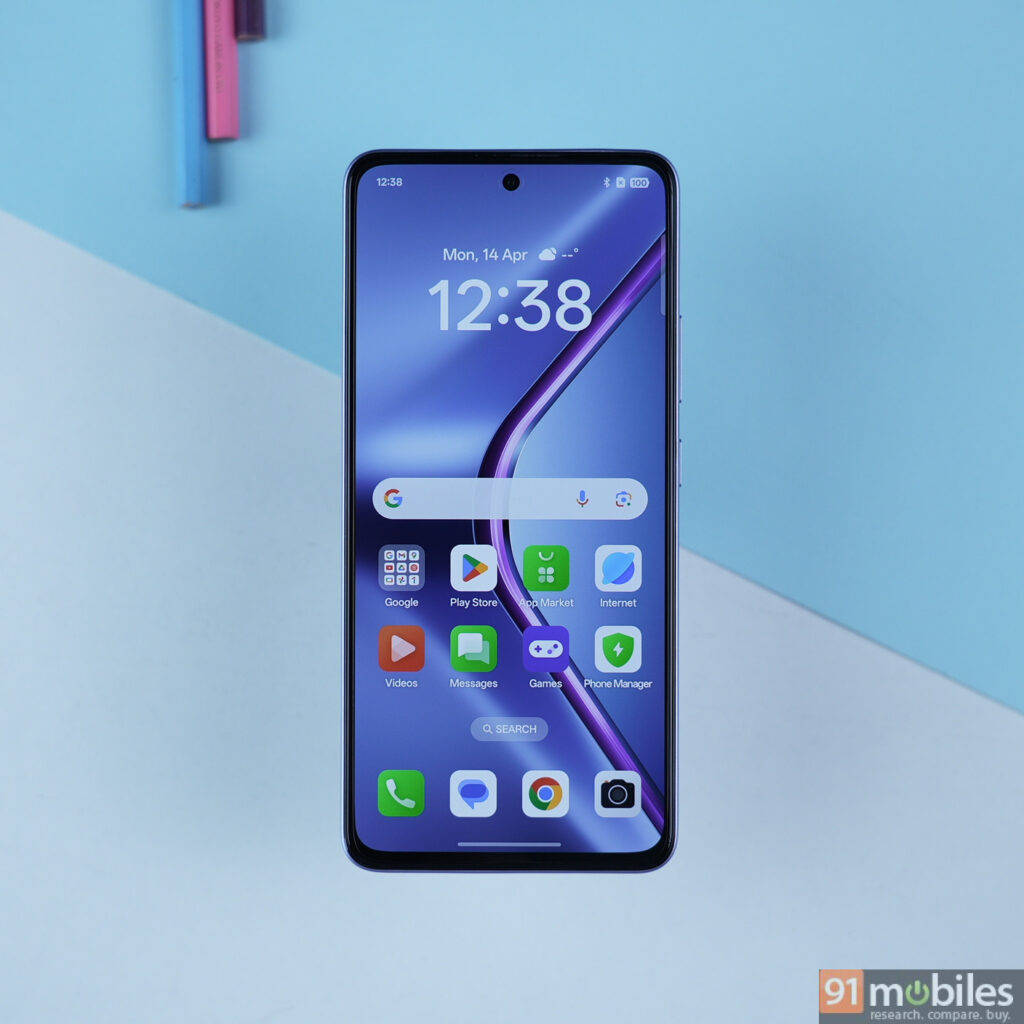
Talking about the viewing experience, it has been taken care of by a 6.67-inch AMOLED display, which supports a 120Hz refresh rate, FHD+ resolution, and 1,200 nits of peak brightness. The OPPO K13 also supports HDR10+ content; however, this is limited when it comes to streaming platforms—services like Netflix and other OTT apps currently stream only in FHD resolution. The display itself performs admirably, offering smooth and fluid animations thanks to the high refresh rate. Colours appear punchy and vibrant, aided by the panel’s wide colour gamut. That said, outdoor visibility can take a slight hit under direct sunlight. While the bezels appear relatively bulky, the viewing experience remains on par with the competitors.
| Smartphone | Display size | Peak brightness |
| OPPO K13 | 6.67-inch AMOLED | 1,200 nits |
| Realme P3 | 6.67-inch AMOLED | 2,000 nits |
| Lava Blaze Duo | 6.67-inch AMOLED | 625 nits |
As for security, the OPPO K13 is equipped with an in-display fingerprint scanner, which is accurate and unlocks the device in no time. While there is no NFC support for seamless digital payments, the handset boasts AI LinkBoost 2.0, which uses OPPO’s 360-degree antenna layout to ensure consistent connectivity while gaming horizontally and in areas such as elevators and basements, where the signal drop is common.
Cameras
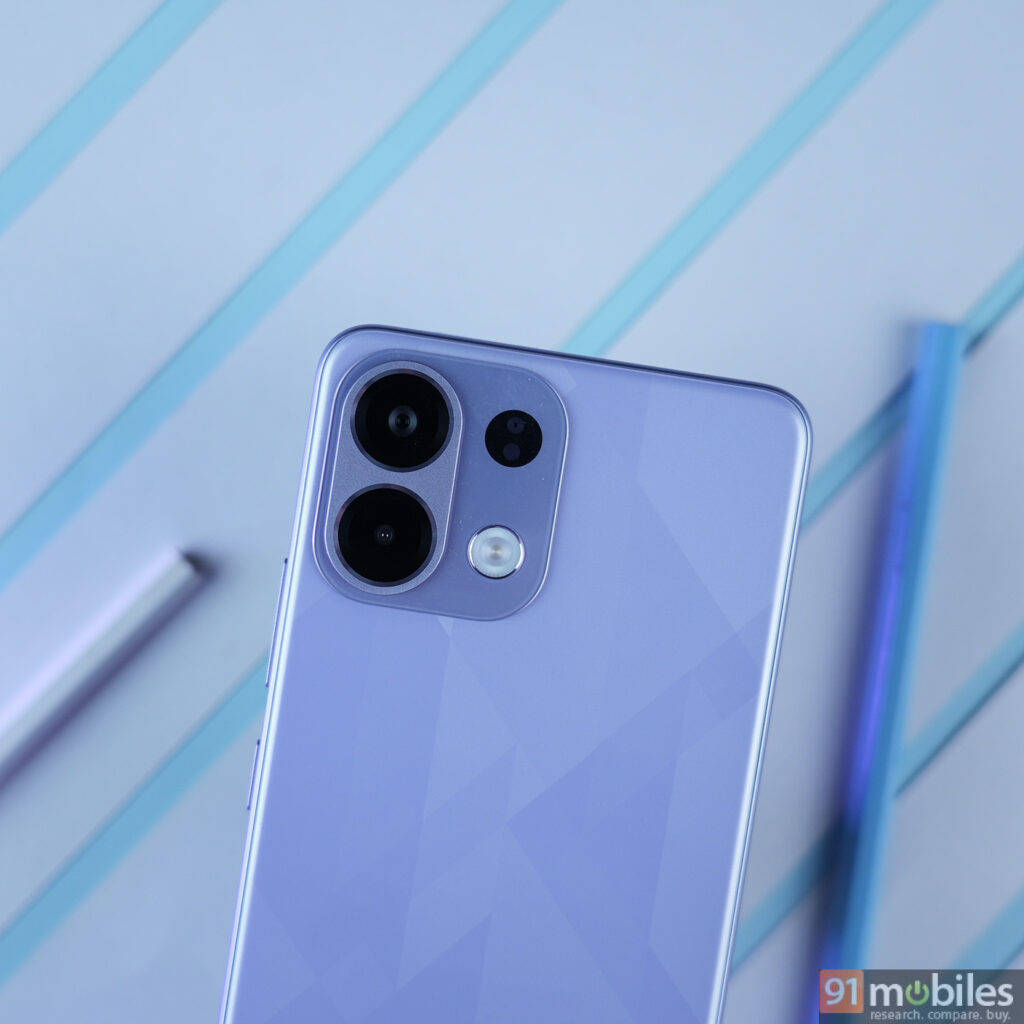
In terms of optics, the OPPO K13 is equipped with a dual rear camera setup, featuring a 50MP primary sensor paired with a 2MP depth sensor for enhanced portrait shots. As mentioned, OPPO has gone with a vertically stacked camera layout, resembling the dual cutout design seen on the latest iPhone 16 series. On the front, it sports a 16MP punch-hole camera for selfies and video calls. Although the primary sensor lacks optical image stabilisation (OIS), it compensates with electronic image stabilisation (EIS) to help reduce blur and maintain clarity.
The camera software supports a variety of shooting modes, including Night mode for low-light shots, High-Resolution mode, Panorama, Slow Motion, Time-lapse, Dual-View Video, and a Document Scanner for added convenience. The rear camera is capable of shooting videos with up to 4K resolution at 30 frames per second (fps).
Speaking of the results, the OPPO K13 excels at capturing commendable results in daylight. The primary camera captures detailed shots with near-accurate colours, making it a reliable option for everyday photography. The 2MP depth sensor complements this setup by offering respectable background separation and accurate edge detection, resulting in portraits with natural-looking bokeh effects. The front-facing 16MP camera also delivers pleasing selfies, producing vibrant tones and good facial detail. However, the device falls short in low-light scenarios, where images tend to suffer from reduced clarity and sharpness.
Read on to find out how the OPPO K13 cameras compare against the Realme P3 (review) and Lava Blaze Duo (review).
Daylight


The OPPO K13 and Realme P3 are closely matched, delivering images with comparable levels of detail and sharpness. However, their colour science differs noticeably. The Realme P3 camera leans towards cooler colours and stronger contrast, but that can make some small details, especially in darker areas, harder to see. In contrast, the OPPO K13 leans towards warmer tones, which may cause slight overexposure in backlit conditions, but overall, it offers more accurate and balanced colour reproduction.


The OPPO K13 outperforms the Lava Blaze Duo in daylight photography, capturing images with greater clarity and more accurate colours. In comparison, the Lava Blaze Duo produces a log-style image, which requires post-editing for better appeal.
Portrait


The Realme P3 portrait is relatively sharper and more detailed, but its skin tones and colours are not as accurate as the OPPO K13. So the choice between the two depends on your preference. The bokeh effect and edge detection remain almost on par with each other. There is a bit of cropping while separating the subject from the foreground to the background.


The OPPO K13 remains the more obvious choice against the Lava Blaze Duo, which does equally good with edge detection and bokeh, but the colour appears washed out. As noticeable in the images above, the OPPO’s portrait image is more vibrant and near-accurate.
Selfie


The OPPO K13 and Realme P3 maintain a similar colour science in their selfie cameras as seen in their primary sensors. The OPPO device produces noticeably brighter selfies, thanks to its warmer tone profile. It also handles exposure more effectively, preserving background details and delivering more accurate skin tones compared to the Realme P3.


Selfies taken with the Lava Agni Duo are underwhelming. The device struggles to retain detail and falls short in delivering accurate colours.
Low-light


All three smartphones struggle to impress with their low-light photography without the night mode. That said, the OPPO K13 produces a noticeably less grainy image compared to both the Realme P3 and Lava Blaze Duo.


However, the OPPO smartphone swaps colours with the Realme P3. The K13 tends to apply a cooler tone, turning yellow artificial lights into a colder white, whereas the Realme P3 preserves a more natural colour palette, staying true to the warm, yellow hues of the ambient lighting. The Lava Blaze Duo preserves similar tones to the Realme offering, but struggles to bring out details.
Low-light (night mode)


The cooler tones help the OPPO K13 reduce light flare in low-light conditions, particularly when night mode is enabled. The handset also captures finer details, which appear to be lacking in the Realme P3 — though the latter maintains a more accurate representation of the actual scene.


The Lava Blaze Duo also attempts to preserve the natural look, similar to the Realme P3, but falls short in terms of detail retention.
Overall, all three smartphones struggle with exposure in low-light conditions. OPPO’s image is particularly high on contrast and shadows, hence the final result looks darker and less appealing.
Performance and software



The OPPO K13 is powered by the Snapdragon 6 Gen 4 SoC, which has found its way in a bunch of smartphones, including its direct competitor, the Realme P3. The chipset ensures smooth and lag-free performance for the smartphone, making it easier not only for everyday use but also for power users who demand more from their device. This was evident in our standard gaming test, which included BGMI, Call of Duty: Mobile, and Real Racing 3.
The handset provided a smooth gaming performance with excellent thermal management. The latter could be attributed to the large 5,700mm square Vapour Chamber cooling, which is said to be segment-leading, and a 6,000mm square graphite sheet. After 90 minutes of continuous gaming, the phone’s temperature rose by 8.1 degrees Celsius, which is lower than both Realme P3 and Lava Blaze Duo.






The OPPO K13’s impressive thermal management system also shines in the Burnout CPU Throttle Test, where it maintained 80.09 percent of its peak performance under sustained load. This result isn’t just best-in-class for its segment — it outperforms several higher-priced competitors as well. The raw performance of the smartphone, analysed through Geekbench and AnTuTu tests, remained on par with the competitors.



Overall, the OPPO K13 is a dependable choice for anyone seeking a powerful yet affordable smartphone that handles both regular and moderately intense activities with ease. The phone comes with 8GB of LPDDR4X physical + 8GB of virtual RAM support and 128GB/ 256GB UFS 3.1 fast storage. Sadly, there’s no option to expand the storage with a microSD card.
| Smartphone | Pre-installed apps | OS updates |
| OPPO K13 | 78 | 2 years major + 3 years security |
| Realme P3 | 69 | 2 years major + 3 years security |
| Lava Blaze Duo | 31 | 2 years major + 4 years security |
The OPPO K13 runs on ColorOS 15, based on Android 15 right out of the box. While the software isn’t close to stock Android and does include some third-party apps, it stands out for its extensive customisation options. The new Flux theme, in particular, allows users to personalise the layout and visual effects, offering a more fluid transition between the Always-On Display, lock screen, and home wallpaper.
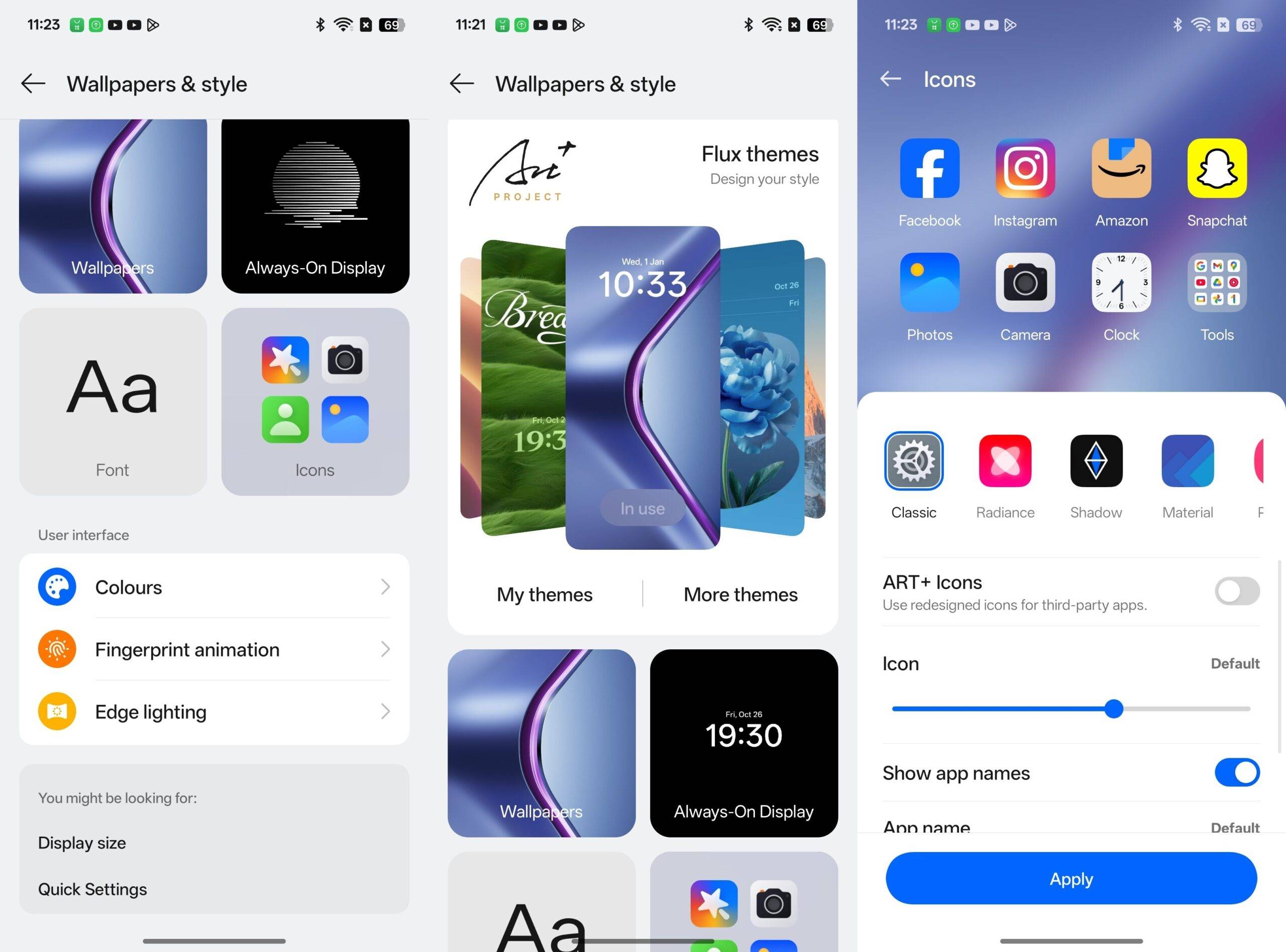
The software also includes a suite of AI-powered photo editing tools that can enhance image clarity, remove unwanted elements, and eliminate reflections. While these features generally perform well and live up to expectations, there’s still room for improvement in delivering more natural and realistic results.
OPPO’s gen AI tools that assist you in writing and summarising text are not available on this smartphone. Be that as it may, the K13 offers support for two major software versions and three years of security updates.
Battery and charging



The OPPO K13 is equipped with a powerful 7,000mAh graphite battery, which is said to be superior to both silicone anode and Lithium-Ion batteries. This advanced battery technology is ‘engineered for longevity, promising an impressive five-year lifespan’, and it is evident from the results. The handset delivers outstanding endurance, performing impressively across both synthetic benchmarks and real-world usage scenarios. In the PCMark battery test, which mimics everyday smartphone tasks until the battery depletes to 20 percent, the OPPO K13 achieved an exceptional runtime of approximately 17 hours, placing it among the top performers in its category.
| Smartphone | Battery and charging speed | Charging time (20 to 100 percent) |
| OPPO K13 | 7,000mAh (80W) | 40 minutes |
| Realme P3 | 6,000mAh (45W) | 61 minutes |
| Lava Blaze Duo | 5,000mAh (33W) | 72 minutes |
As for the real-world usage, the OPPO smartphone consumed 1 percent of battery life after streaming a YouTube video for 30 minutes and 4 percent on average while playing BGMI, Real Racing 3, and COD: Mobile for 90 minutes. The smartphone sets a new benchmark for battery efficiency under Rs 20,000. If you are a regular user, the OPPO K13 is capable of lasting two days of usage between charges. Heavy/ power users may have to recharge the device after a day, which isn’t a deal breaker either, given the 80W SuperVOOC charging solution. The charger is provided in the box and takes only 40 minutes to juice up the device from 20 to 100 percent. OPPO claims that the K13 has a structural integrity of 1800+ charge cycles, ensuring long-term usage.
Final verdict
The OPPO K13 gets most things right for its price. It is sleek, affordable, and powerful enough to cater to the needs of both regular and power users. The handset lives up to its ‘OverPowered’ tag, thanks to the Snapdragon 6 Gen 4 SoC, coupled with impressive thermal efficiency and battery life. This ensures smooth, consistent performance for the smartphone, even under strenuous load, for extended periods without needing a recharge. And when you do need to top up, the proprietary charger can take it from empty to 100 percent in under an hour.
The OPPO K13 is good with photography too, as long as the images are taken in bright, well-lit environments. The low-light performance is serviceable rather than standout. Moreover, the software, while feature-rich and customisable, comes with a fair number of pre-installed apps and may not appeal to those seeking a clean or stock Android experience.
If these shortcomings don’t bother you, the OPPO K13 remains a top contender, especially for power users with a Rs 20,000 budget.
Editor’s rating: 8.1/10
Reasons to buy
- The handset boasts a massive 7,000mAh battery, which is well optimised for everyday use.
- It provides lag-free performance whether you are multitasking or playing games.
- The phone also boasts efficient thermal management with a large Vapour Chamber cooling system.
- The cameras deliver detailed and vibrant images in well-lit environments.
Reasons not to buy
- Lacks NFC support.
- Low-light photography lacks clarity and sharpness, even with Night Mode enabled.
- The OPPO K13 comes with several pre-installed apps, including many third-party ones.




